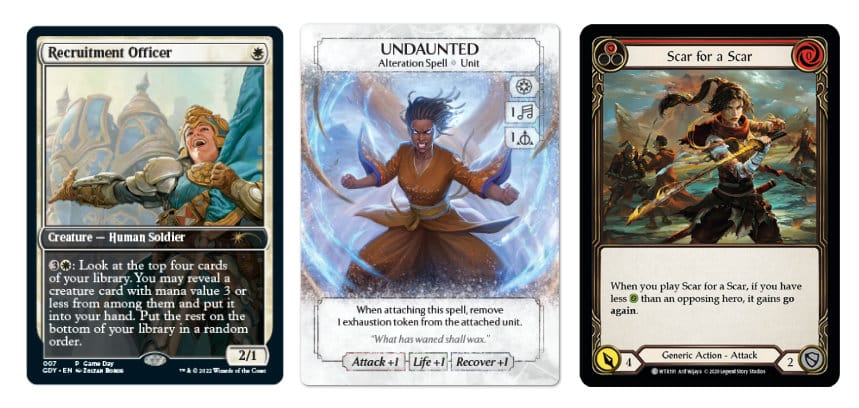Design Diary: Mechs and Mental Blocks

The Weight of a 60-ton Mech
Late last week, I actually tried to sit down and do some game design. I was already struggling to find motivation for various reasons. One standout is the state of the economy and the country. Tariffs are set to decimate the board game industry. Jamey Stegmaier has two excellent blog posts about this.


Although I never set out to design games to make money, the fact that any glimmer of hope for actually publishing a game is mostly gone is discouraging. I've been trying to reframe my mindset to focus on the process so I can actually enjoy my time designing games.
I do want to acknowledge that there are more insidious and terrible things going on in the United States impacting the most marginalized in our society, and that the above commentary on economic uncertainty comes from a place of privilege that many do not have.
Brainstorming Over a Latte
I popped into a local cafe, got an underwhelming sandwich and latte, and decided to focus for several hours on design. I decided to re-read my old Mechanized concept.
Mechanized is a competitive one-versus-one card game focused on mech battles. Players build and customize their mechs using various parts, each with unique attributes, and engage in strategic combat against each other.
- Me, 2024
I’ve got a bunch of concepts, some thematic and some mechanical, that I want to include in the game:
- Energy and Heat as resources
- Heat builds up from actions and can cause damage if not reduced.
- Inspiration: BattleTech, though I've never played it, has heat reducing the capabilities of units.

- Timing and planning
- Thematically, pilots plan their moves carefully since these big war machines are lumbering.
- Players can play cards face up or face down into a timeline that advances each turn. This allows players to build toward big, coordinated attacks and creates space for hidden information.
- Inspiration: Radlands has this really neat mechanics called the Event Queue, where cards played into it resolve 1, 2, or 3 turns later. These are often very powerful effects but give the opponent ample time to prepare for them.

- Simplified deck construction
- Players pick a Core, Mobility Unit (ie. legs), Weapons Packages, and Pilot. Each of these come with a set of cards that are shuffled together to make a deck.
- Inspiration: A number of games have this mechanic to varying degrees. Sorcerer is the most aligned. In Sorcerer players choose a a unique Character, Lineage, and Domain. Each comes with a set of cards you shuffle to make a deck.

- Different mech sizes
- Thematically diverse with differing mechanics but still balanced.
I had more or less written all of that down in a brainstorming document. Next steps were to figure out how a turn would actually play out and what the cards would actually do.
Staring Into The Abyss of a Blank Page
I create a new page in my document for the core gameplay loop and... I hit a mental roadblock. The design space in front of me felt like a massive canyon. I’ve played many competitive deck-duelers before, and they all have unique and interesting hooks. I started to wonder how the designers of these other popular and famous games started on on their designs.
Breaking Down My Inspirations
Magic the Gathering and Ashes Reborn both have players playing persistent creature cards onto the table, but are fundamentally different in their turn structure. In Magic, players can play as many cards as they have mana for on their turn. In Ashes, players alternate taking one action each turn, while drawing from a limited pool of mana each round. This makes both games play drastically differently—and that’s before even talking about Ashes’ unique dice-based resource system.

Flesh and Blood is similar to Magic in that players can play as many actions as they can afford in terms of action points and resources. However, it’s vastly different from both Magic and Ashes in that players mostly play action cards that don’t persist on the table. If anything, my game would conceptually play most like Flesh and Blood. Mechs, thematically, don’t usually drop a bunch of persistent creatures—though some do occasionally deploy remote-controlled weapons and utilities like the Kshatriya's "funnels" from Gundam Unicorn.

I can certainly analyze these games, but when I stare into the blank void of an empty document, I don’t even know where to begin. I left the cafe feeling a bit defeated. I have to remind myself that progress was made—I dedicated time to breaking down a rough idea into a brainstorming document. That’s at least a start.
Next Steps (Or Maybe Side Steps)
Before I started my sabbatical, I was focusing on much smaller and sometimes abstract games with very few mechanics or complex systems. I think I need to shift back to that—rebuild a little momentum, boost my confidence. Though I will say writing all this out has giving me a nice little boost all on it's own.


